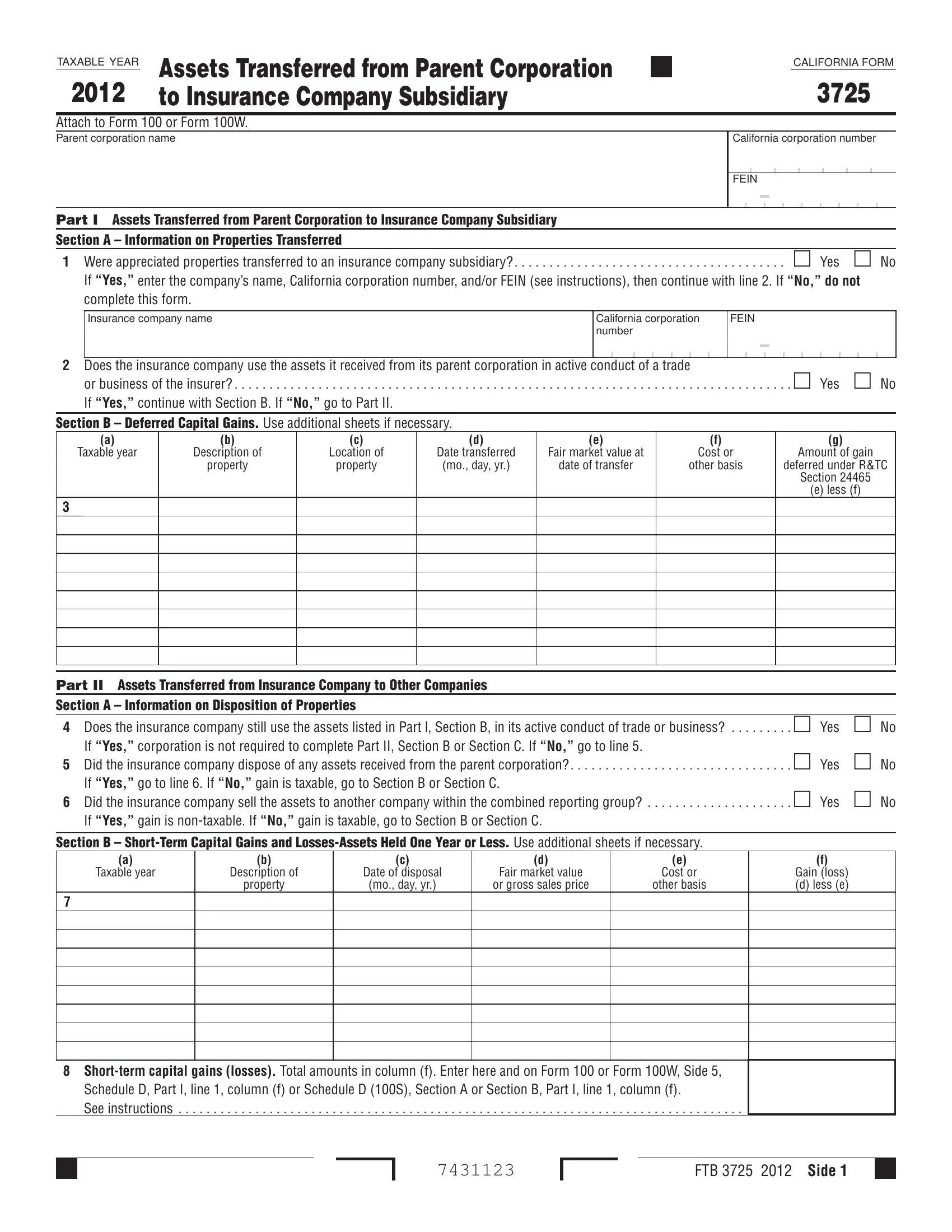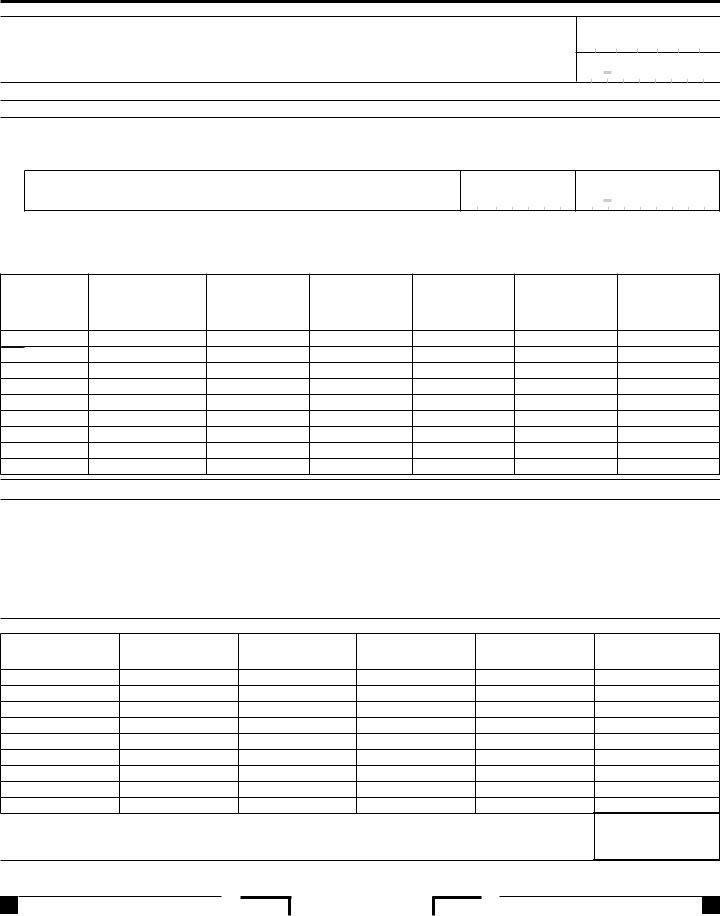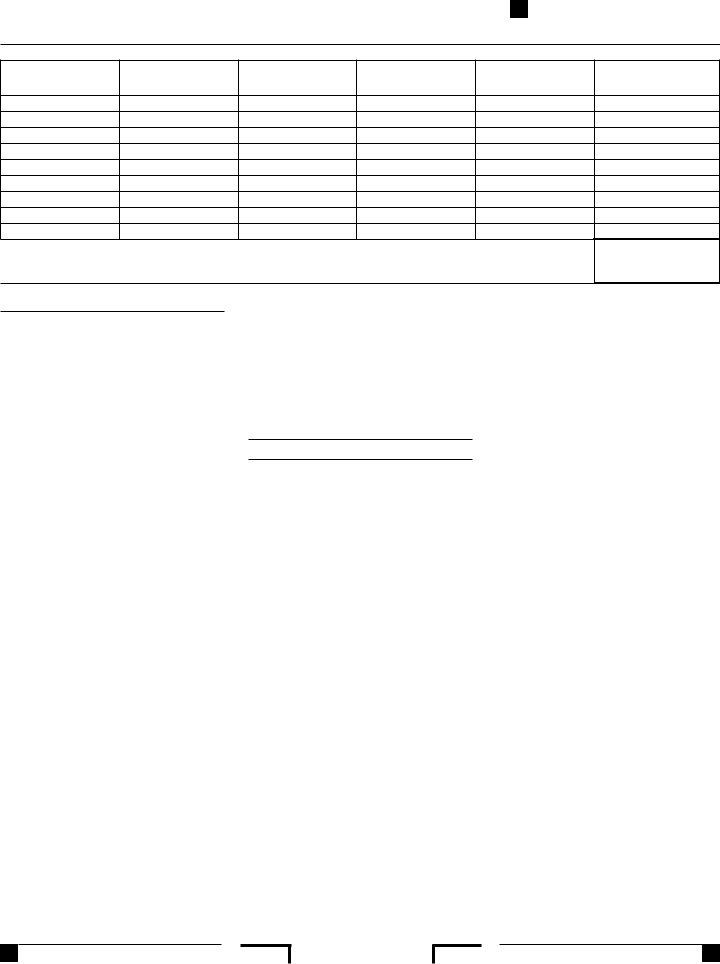California Form 3725 can be filled out without difficulty. Simply make use of FormsPal PDF editing tool to do the job fast. The editor is continually maintained by us, acquiring useful functions and turning out to be greater. If you are seeking to begin, here's what you will need to do:
Step 1: Hit the "Get Form" button at the top of this webpage to access our PDF editor.
Step 2: With this state-of-the-art PDF tool, it's possible to accomplish more than merely fill in blank form fields. Try all the features and make your docs seem faultless with customized textual content put in, or tweak the original input to excellence - all comes along with an ability to add your personal images and sign the file off.
Completing this PDF will require focus on details. Make sure that all necessary areas are filled in properly.
1. Fill out your California Form 3725 with a number of necessary fields. Collect all of the important information and make certain absolutely nothing is omitted!
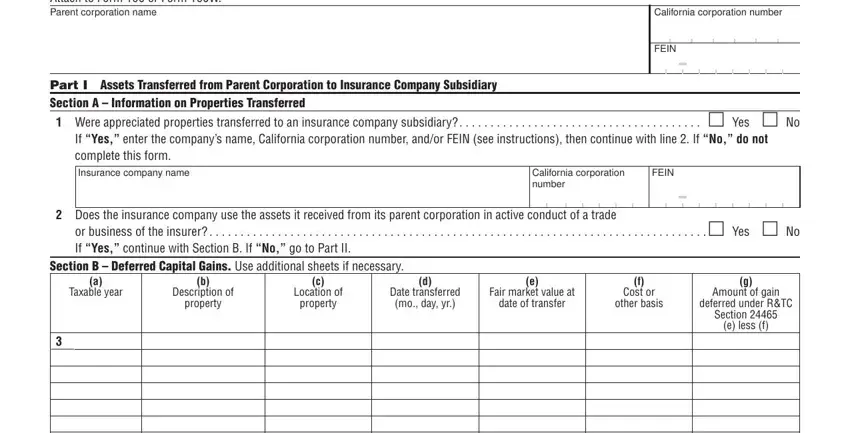
2. Given that the last part is completed, you'll want to include the essential particulars in Part II Assets Transferred from, If Yes corporation is not required, Does the insurance company still, If Yes go to line If No gain is, If Yes gain is nontaxable If No, Section B ShortTerm Capital Gains, Taxable year, Description of, property, Date of disposal mo day yr, Fair market value, or gross sales price, Cost or, other basis, and Gain loss d less e so that you can move on to the next part.
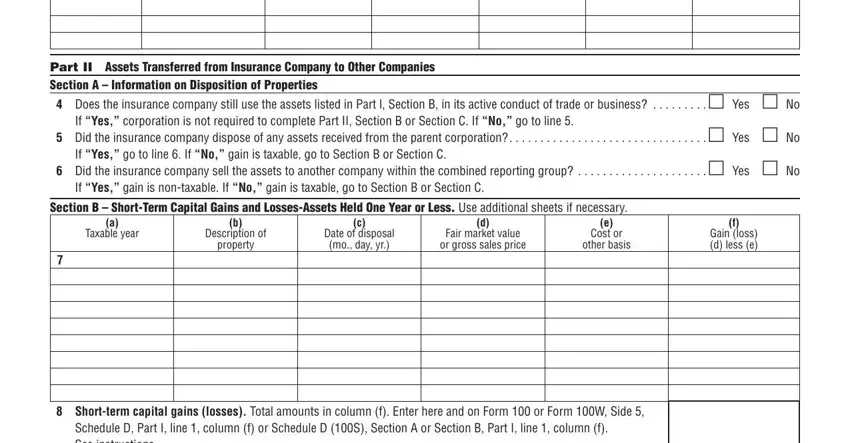
It is possible to make errors when filling out your Does the insurance company still, consequently ensure that you reread it before you'll finalize the form.
3. In this particular step, examine Taxable year, Description of, property, Date of disposal mo day yr, Fair market value, or gross sales price, Cost or, other basis, Gain loss d less e, Longterm capital gains losses, Schedule D Part II line column f, General Information, A Purpose Use form FTB Assets, California Revenue and Taxation, and by a common parent corporation or. Each one of these should be filled out with highest awareness of detail.
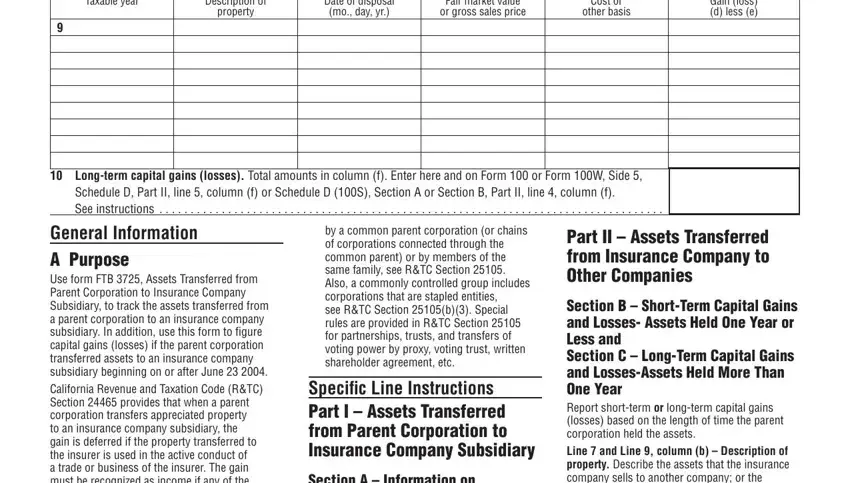
Step 3: Before finalizing your file, check that all blank fields are filled in right. When you are satisfied with it, click on “Done." Acquire your California Form 3725 once you join for a free trial. Immediately use the document in your FormsPal cabinet, along with any edits and changes all kept! At FormsPal.com, we strive to make sure your details are stored secure.
